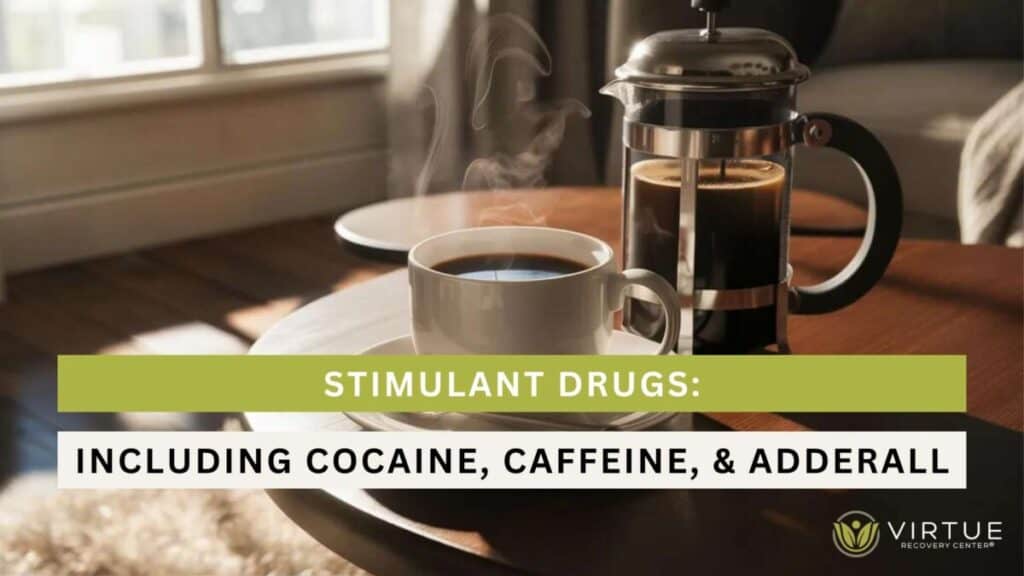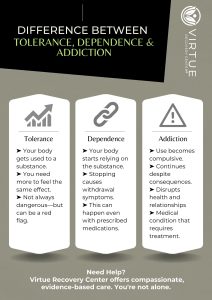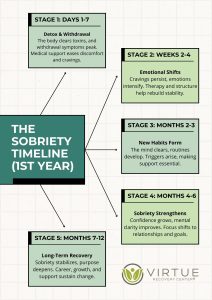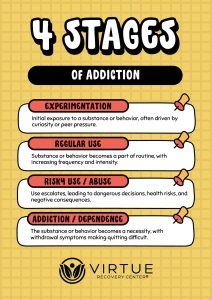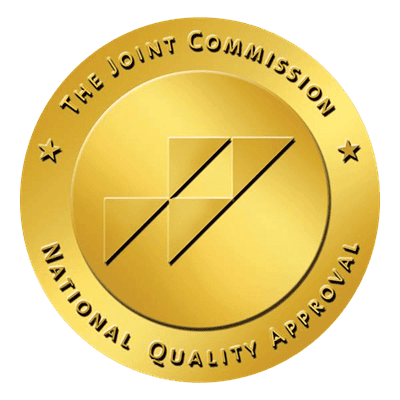Key Takeaways
- Stimulants are a class of drugs that increase alertness, attention, and energy.
- Common stimulants include caffeine, cocaine, and Adderall.
- Stimulant abuse and addiction can lead to serious health risks.
- Misuse of stimulants is prevalent and can have severe consequences.
- Effective treatment options exist for stimulant addiction.
Introduction
Stimulants are a powerful class of drugs known for their ability to increase alertness, attention, and energy. While they have legitimate medical uses, such as treating ADHD and narcolepsy, they are also widely abused. Understanding the effects, risks, and treatment options for stimulant abuse is crucial to addressing the growing concerns related to these substances. This article explores 20 essential facts about stimulants, including popular ones like caffeine, cocaine, and Adderall, to provide a comprehensive understanding of their impact on health and society.
Understanding Stimulants
What Are Stimulants?
Stimulants are substances that stimulate the central nervous system, leading to increased alertness, attention, and energy. They can be found in both prescription medications and illicit drugs. Prescription stimulants, such as Adderall and Ritalin, are used to treat conditions like ADHD and narcolepsy. Illicit stimulants, including cocaine and methamphetamine, are often abused for their euphoric effects. Caffeine, a legal stimulant, is widely consumed in coffee, tea, and energy drinks.
How Stimulants Work
Stimulants increase the levels of certain neurotransmitters in the brain, particularly dopamine and norepinephrine. These chemicals play a key role in regulating mood, attention, and arousal. By enhancing the activity of these neurotransmitters, stimulants can improve concentration and reduce fatigue. However, the overuse or misuse of stimulants can lead to negative effects on the brain and body.
The Consequences of Stimulant Use
The Effects of Stimulant Use
Stimulant use can have both short-term and long-term effects on the body and mind. Short-term effects include increased heart rate, elevated blood pressure, and heightened alertness. Users may also experience euphoria, increased sociability, and reduced appetite. Long-term use, especially at high doses, can lead to dependence, cardiovascular problems, and mental health issues such as anxiety, paranoia, and hallucinations.
Stimulant Abuse and Misuse
Stimulant abuse refers to the use of these drugs in a manner not prescribed by a healthcare provider. This includes taking higher doses than recommended, using someone else’s prescription, or using stimulants to get high. Misuse is particularly common among students and professionals seeking to enhance academic or work performance. This behavior can quickly lead to dependence and addiction.
Health Risks of Stimulant Abuse
Abusing stimulants poses significant health risks. Physically, it can lead to increased heart rate, elevated blood pressure, and a higher risk of heart attacks and strokes. Mentally, stimulant abuse can cause anxiety, paranoia, and severe mood swings. Long-term abuse can result in addiction, where the individual cannot function without the drug.
Stimulant Overdose
Overdosing on stimulants can be fatal. Signs of an overdose include severe agitation, hallucinations, high fever, and seizures. Immediate medical attention is necessary to manage an overdose, and treatment often involves supportive care to stabilize the heart rate and blood pressure.
Stimulant Withdrawal
Withdrawal from stimulants can be challenging and includes symptoms such as fatigue, depression, and intense cravings. Medical support is often necessary to manage these symptoms and ensure a safe detox process. Health services play a crucial role in helping individuals through stimulant withdrawal.
Legal and Clinical Aspects
Legal and Illegal Drug Stimulants
There is a significant difference between prescription stimulants and illicit drugs. Prescription stimulants like Adderall and Ritalin are used under medical supervision to treat specific conditions. In contrast, illicit stimulants like cocaine and methamphetamine are often used recreationally, leading to a higher risk of abuse and addiction.
Common Stimulants and Their Effects
- Caffeine: Widely consumed in beverages and foods, caffeine is the most common stimulant. It increases alertness but can cause dependence and withdrawal symptoms like headaches and irritability.
- Cocaine: An illicit drug known for its powerful euphoric effects. Cocaine is highly addictive and can cause serious cardiovascular and neurological damage.
- Adderall: A prescription medication used to treat ADHD. While effective medically, it is often misused for its stimulating effects, leading to potential addiction.
- Methamphetamine: An extremely potent stimulant that is often abused. Methamphetamine use can lead to severe health problems, including dental issues, skin sores, and significant weight loss.
Stimulant Substance Use Addiction
Stimulant addiction is a chronic condition characterized by the compulsive use of stimulants despite harmful consequences. Addiction can develop from both prescription and illicit stimulants, leading to physical dependence and severe health issues. Understanding the signs of stimulant addiction, such as uncontrollable cravings and continued use despite negative effects, is crucial for early intervention.
Signs of Addictive Stimulant Abuse
Recognizing the signs of stimulant abuse can help in seeking timely intervention. Symptoms include:
- Increased heart rate and blood pressure
- Insomnia and restlessness
- Significant weight loss
- Paranoia and hallucinations
- Financial or legal problems due to drug use
The Role of Health Services
Health services, including the Substance Abuse and Mental Health Services Administration (SAMHSA), provide essential support for individuals struggling with stimulant addiction. These services offer counseling, rehabilitation programs, and medical treatment to help individuals recover from addiction.
Treatment for Stimulant Addiction
Stimulant addiction treatment addresses the serious consequences of drug abuse involving substances like prescription stimulant drugs and certain stimulants taken illegally. Stimulants may cause hyperactivity and increased alertness, but their adverse effects include a significant strain on the body and potential dependence. Treatment for stimulant use disorders typically involves a combination of therapy and medication to manage withdrawal symptoms and reduce cravings. Therapeutic effects of treatment help individuals recover from the harmful stimulants effects and regain control over their lives.
Effective treatment for stimulant addiction involves a combination of medical and behavioral therapies. Medical treatments can help manage withdrawal symptoms and reduce cravings, while behavioral therapies address the psychological aspects of addiction. Programs like cognitive-behavioral therapy (CBT) and contingency management have shown success in treating stimulant addiction.
Special Focus Areas
Stimulant Misuse in Youth and Adults
Stimulant misuse is prevalent among both youth and adults. Young people often misuse prescription stimulants to enhance academic performance, while adults may misuse these drugs for increased productivity at work. Understanding the factors that contribute to stimulant misuse can help in developing targeted prevention strategies.
The Impact of Stimulants on Mental Health
Stimulants can have a profound impact on mental health. While they may initially enhance mood and energy, long-term use can lead to severe mental health issues, including anxiety, depression, and psychosis. Addressing the mental health effects of stimulant use is crucial for comprehensive treatment.
The Risks of Illicit Stimulants
Illicit stimulants, such as cocaine and methamphetamine, pose significant health risks. These substances are often mixed with other dangerous chemicals, increasing the risk of overdose and severe health complications. Public health initiatives aim to reduce the availability and use of illicit stimulants.
Recognizing and Preventing Stimulant Misuse
Education and awareness are key to recognizing and preventing stimulant misuse. Programs that educate individuals about the risks and signs of misuse can help reduce the incidence of stimulant abuse. Early intervention is critical in preventing the progression from misuse to addiction.
Conclusion
Stimulants, including prescription drugs like Adderall and illicit substances like cocaine, have significant effects on the brain and body. Understanding the risks associated with stimulant use, recognizing the signs of abuse, and knowing the available treatment options are essential steps in addressing stimulant addiction. If you or a loved one is struggling with stimulant addiction, call Virtue Recovery Las Vegas at 866-520-2861. Help is available, and recovery is possible with the right support.
FAQs
What are the most common stimulants?
The most common stimulants include caffeine, cocaine, Adderall, and methamphetamine. These substances vary in their legal status and potential for abuse.
How do stimulants affect the brain and body?
Stimulants increase the levels of neurotransmitters like dopamine and norepinephrine, leading to increased alertness, energy, and attention. However, they can also cause negative effects such as increased heart rate, high blood pressure, and mental health issues.
What are the risks of stimulant misuse?
Misusing stimulants can lead to dependence, addiction, and severe health problems, including cardiovascular issues, anxiety, paranoia, and hallucinations.
How can stimulant addiction be treated?
Stimulant addiction can be treated with a combination of medical and behavioral therapies. Medications can help manage withdrawal symptoms, while behavioral therapies address the psychological aspects of addiction.
What are the 8 classes of stimulants?
The 8 classes of stimulants include amphetamines, cocaine, methamphetamines, methylphenidate, nicotine, caffeine, synthetic cathinones, and ephedrine. These drugs of abuse can be used illegally or as stimulant medication for various therapeutic purposes.
Do stimulants affect emotions?
Yes, stimulants can interfere with emotions by altering neurotransmitter levels in the brain. They may increase feelings of euphoria initially but can also lead to anxiety, irritability, and mood swings.
Do stimulants affect personality?
Stimulants can affect personality by causing changes in behavior and mood. Prolonged use may lead to increased aggression, paranoia, and significant personality shifts due to their impact on brain chemistry.
Do stimulants age you?
Stimulants may increase the risk of premature aging by causing strain on the body, reducing sleep quality, and leading to poor nutrition and health habits. Chronic use can result in a visibly aged appearance over time.
Do stimulants make you aggressive?
Many stimulants can make users more aggressive due to their stimulating effects on the central nervous system. Increased irritability and impulsivity are common adverse effects of stimulant use.
Is cocaine a stimulant?
Yes, cocaine is a powerful stimulant drug that increases heart rate and body temperature while producing intense euphoria. It is often used illegally and has a high potential for abuse and addiction.
What are some banned stimulants?
Banned stimulants may include methamphetamines, synthetic cathinones (bath salts), and certain prescription stimulant drugs used illegally. These substances are prohibited due to their high abuse potential and severe health risks.
What are the common street names for stimulants?
Common street names for stimulants include speed, uppers, meth, crank, blow, and coke. These names often refer to illegal forms of these drugs taken orally or through other means.
What are the disorders caused by stimulants?
Stimulant use disorders can lead to a range of health issues, including addiction, cardiovascular problems, anxiety disorders, and psychosis. Long-term use may result in severe physical and mental health complications.
What are the risks of stimulant overdose?
The risks of stimulant overdose include increased heart rate, high blood pressure, hyperthermia, seizures, and potentially fatal heart attacks or strokes. Overdose occurs when a high dose overwhelms the body’s ability to cope with the drug’s effects.
What do stimulants look like?
Stimulants can come in various forms, including tablets, capsules, powders, and crystals. Prescription stimulants are often taken orally, while illegal stimulants may be snorted, smoked, or injected.
What drugs are considered stimulants?
Drugs considered stimulants include amphetamines, cocaine, methamphetamines, methylphenidate, nicotine, caffeine, and certain synthetic drugs like bath salts. These substances are used for various purposes, both medically and recreationally.
What happens when a stimulant wears off?
When a stimulant wears off, individuals may experience a “crash” characterized by fatigue, depression, and irritability. This rebound effect is due to the sudden drop in dopamine and other neurotransmitters in the brain.
What is the best treatment for stimulant addiction?
The best treatment for stimulant addiction typically involves a combination of behavioral therapy, counseling, and support groups. Medication may also be used to manage withdrawal symptoms and cravings in a comprehensive treatment program.
What are the long-term side effects of stimulants?
Long-term side effects of stimulants can include heart disease, mental health issues, cognitive impairments, and physical deterioration. Chronic use may also lead to significant social and occupational problems.
What happens when you use crystal methamphetamine with other drugs?
Using crystal methamphetamine with other drugs can significantly increase the risk of severe adverse effects, including overdose and death. This combination can lead to unpredictable interactions and exacerbate the harmful impact on the body.
Why do stimulants make me sleepy?
In some cases, stimulants may make individuals feel sleepy due to the body’s rebound effect or depletion of neurotransmitters after the initial stimulating phase. Chronic use can also lead to exhaustion and disrupted sleep patterns, causing fatigue.
Where can I find help for stimulant addiction?
Virtue Recovery Las Vegas offers comprehensive support for those struggling with stimulant addiction. Call 866-520-2861 for help and start your journey to recovery.
Resources
https://www.ncbi.nlm.nih.gov/books/NBK539896/
https://www.dea.gov/sites/default/files/2020-06/Stimulants-2020.pdf
https://www.mentalhealth.va.gov/substance-use/stimulants.asp

